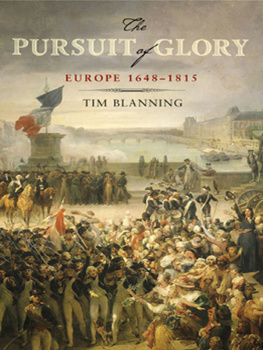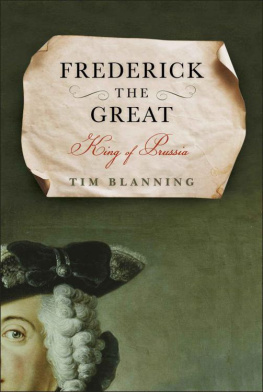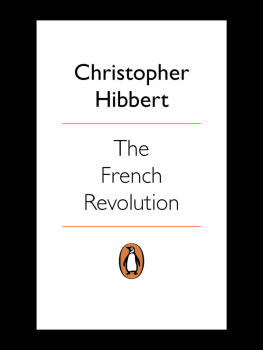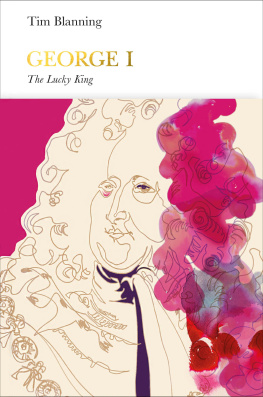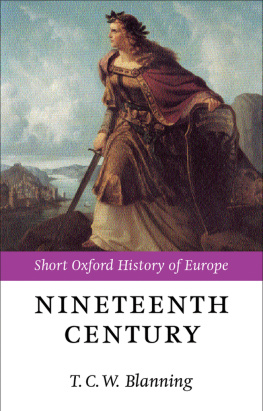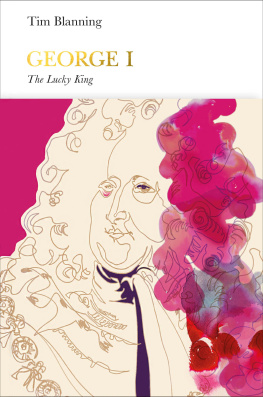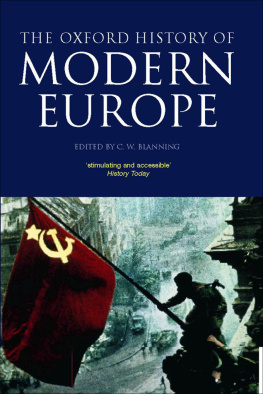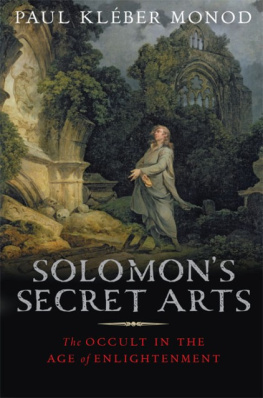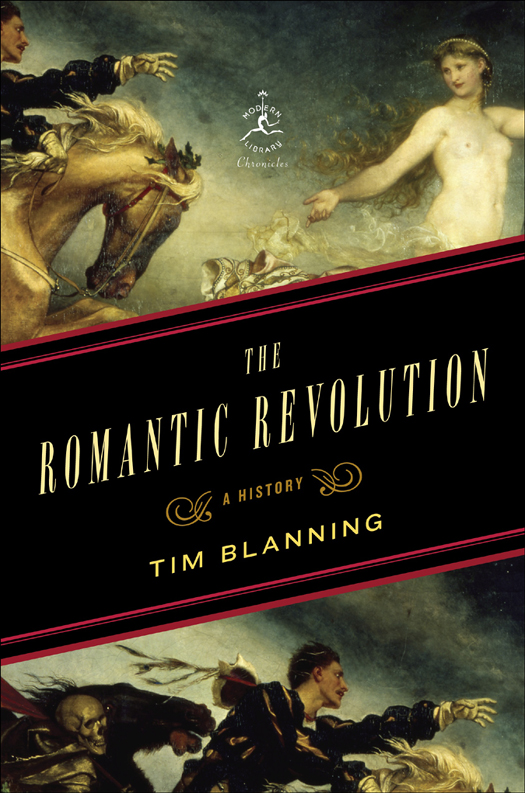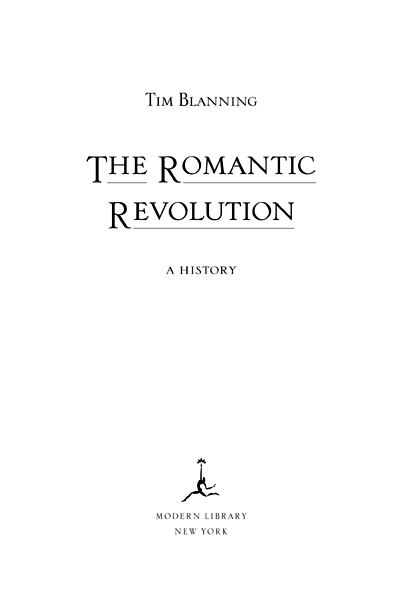M ODERN L IBRARY C HRONICLES
Currently Available
K AREN A RMSTRONG on Islam
D AVID B ERLINSKI on mathematics
R ICHARD B ESSEL on Nazi Germany
T IM B LANNING on romanticism
I AN B URUMA on modern Japan
P ATRICK C OLLINSON on the Reformation
B RUCE C UMINGS on the Korean War
F ELIPE F ERNNDEZ -A RMESTO on the Americas
L AWRENCE M. F RIEDMAN on law in America
P AUL F USSELL on World War II in Europe
F. G ONZLEZ -C RUSSI on the history of medicine
P ETER G REEN on the Hellenistic Age
A LISTAIR H ORNE on the age of Napoleon
P AUL J OHNSON on the Renaissance
F RANK K ERMODE on the age of Shakespeare
J OEL K OTKIN on the city
S TEPHEN K OTKIN on the fall of Communism
H ANS K NG on the Catholic Church
M ARK K URLANSKY on nonviolence
E DWARD J. L ARSON on the theory of evolution
M ARGARET M AC M ILLAN on the uses and abuses of history
M ARTIN M ARTY on the history of Christianity
M ARK M AZOWER on the Balkans
J OHN M ICKLETHWAIT and A DRIAN
W OOLDRIDGE on the company
A NTHONY P AGDEN on peoples and empires
R ICHARD P IPES on Communism
C OLIN R ENFREW on prehistory
K EVIN S TARR on California
M ICHAEL S TRMER on the German Empire
G EORGE V ECSEY on baseball
M ILTON V IORST on the Middle East
A. N. W ILSON on London
R OBERT S. W ISTRICH on the Holocaust
G ORDON S. W OOD on the American Revolution
Forthcoming
A LAN B RINKLEY on the Great Depression
J ASON G OODWIN on the Ottoman Empire
B ERNARD L EWIS on the Holy Land
P ANKAJ M ISHRA on the rise of modern India
O RVILLE S CHELL on modern China
2011 Modern Library Edition
Copyright 2010 by Tim Blanning
All rights reserved.
Published in the United States by Modern Library, an imprint of The Random House Publishing Group, a division of Random House, Inc., New York.
M ODERN L IBRARY and the T ORCHBEARER Design are registered trademarks of Random House, Inc.
Originally published in hardcover in the United Kingdom by Weidenfeld & Nicolson, a division of Orion Publishing Group, Ltd., in 2010.
LIBRARY OF CONGRESS CATALOGING-IN-PUBLICATION DATA
Blanning, T.C.W.
The romantic revolution: a history / Tim Blanning.
p. cm.
eISBN: 978-0-679-60500-3
1. RomanticismEurope. 2. EuropeCivilization19th century. 3. EuropeIntellectual life19th century. I. Title.
PN751.B53 2011 700.9033dc22 2011004269
Jacket design: Christopher Sergio
Jacket painting: Rudolf Friedrich August Henneberg, The Fortune Hunter, c. 1868 (detail) (Nationalgalerie, Staatliche Museen, Berlin/Bildarchiv Preussischer Kulturbesitz/Art Resource, N.Y./Klaus Goeken)
www.modernlibrary.com
v3.1
C ONTENTS
I NTRODUCTION
Between the middle of the eighteenth and the middle of the nineteenth centuries, Europe changed so rapidly and radically that one can reasonably speak of a watershed in world history. Those who lived through it were constantly using the word revolution to express their awareness that they were living in exciting times, as in the American Revolution, the French Revolution, or the Industrial Revolution. To these, historians have added several others, notably the agrarian revolution, the commercial revolution, the communications revolution, and the consumer revolution. Contemporary astonishment at the pace and variety of change was indeed acute. In 1818, for example, the German publisher Friedrich Perthes exclaimed that in the three generations alive today our own age has combined what cannot be combined. No sense of continuity informs the tremendous contrast inherent in the years 1750, 1789 and 1815. To people alive now, they simply do not appear as a sequence of events.
It was not only the material world that was affected. Those who lived to see the world of Voltaire, Reynolds, and Haydn make way for the world of Hugo, Turner, and Wagner could appreciate that a great cultural revolution had also occurred. This was the romantic revolution, which deserves to be accorded the same status as the other revolutions. If it had no starting point as clear-cut as the Declaration of Independence or the fall of the Bastille, contemporaries were well aware that a monumental upheaval in the cultural world was under way. Even those chary of acknowledging their own affiliation had to admit that they had been affected. Delacroix, for example, wrote: If by romanticism one understands the free manifestation of my personal impressions, my aversion to models copied in the schools, and my loathing for academic formula, I must confess that not only am I romantic, but I was so at the age of fifteen. In just two or three generations, the rule book of the classical past was torn up. In its place came not another set of rules, but a radically different approach to artistic creation that has provided the aesthetic axioms of the modern world, even if a definition of romanticism has proved elusive.
In December 1923 Arthur Lovejoy, professor of philosophy at Johns Hopkins University, gave a lecture to the annual meeting of the Modern Language Association of America titled On the Discrimination of Romanticisms.
Equally various have been the starting points identified. They include Piranesis Roman Antiquities of the Time of the First Republic of 1748 (Michel Florisoone); the Lisbon earthquake of 1755 (Kenneth Clark); Rousseaus La Nouvelle Hlose of 1761 (Maurice Cranston); Herders journey to France in 1769 (Rdiger Safranski); Blakes Songs of Innocence of 1789 (Maurice Bowra); and Wilhelm Heinrich Wackenroder and Ludwig Tiecks Heartfelt Effusions of an Art-Loving Monk of 1797 (Hans-Joachim Schoeps). Other popular runners are Rousseaus conversion experience on the road to Vincennes in 1749; Horace Walpoles nightmare that led to the writing of his Gothic novel The Castle of Otranto in 1764; and Goethes enthusiastic response to Strasbourg Cathedral in 1770.
Much scholarly energy has also been devoted to establishing when the word romantic first made an appearance. The first recorded occurrence was in the title of a quaint little book published in 1650: Herba parietis: or, The wall-flower as it grew out of the stone chamber belonging to the metropolitan prison of London, called Newgate: being a history which is partly true, partly romantick, morally divine: whereby a marriage between reality and fancy is solemnized by divinity. This had been written by the Catholic royalist Thomas Bayly while he was a prisoner there.
In the course of the eighteenth century it slowly began to shift toward its modern meaning. An early sign was the poet laureate Thomas Wartons treatise


